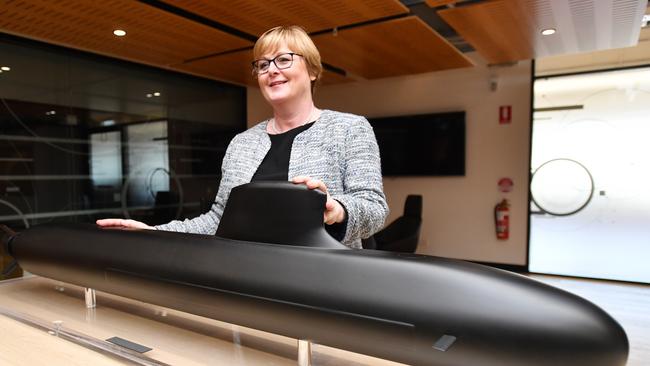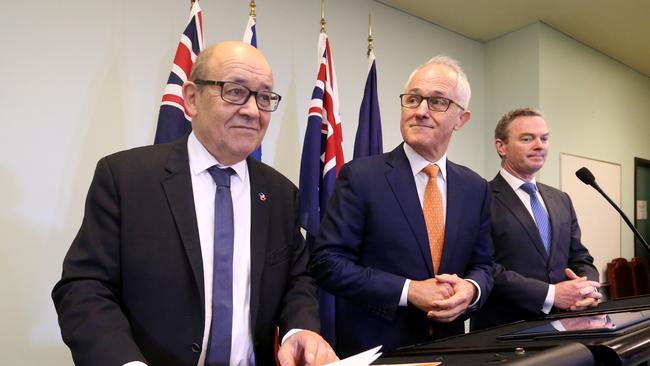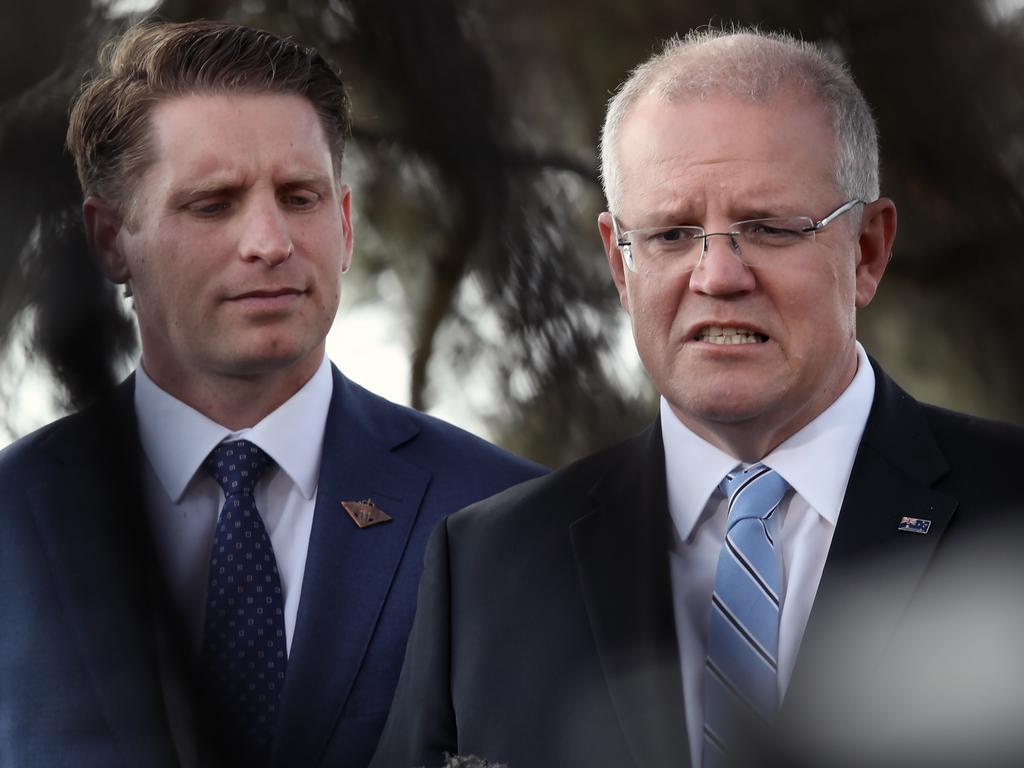
The last week or February 2021 has become landmark for the Australian nation. The federal government has decided to review the disastrous $220 billion plus submarine agreement with the French.
I want to thank all those who have helped me put together a countless series of commentaries on this project, which I understand played a big role in the government’s decision.
It only seems like yesterday but it was actually back on October 1, 2018 when I wrote the lines: “The $220 billion plus French submarine proposal threatens to be the worst financial and defence decision in our history.”
It’s important that all Australians understand how we came to make this blunder and to make sure we never do it again.
But first, a word about Defence Minister Linda Reynolds. Countless past defence ministers have simply adopted the recommendations of defence personnel and then covered up their mistakes. It was like a game of musical chairs which eventually would end. Sadly for Linda Reynolds it ended on her watch.
I am glad Scott Morrison stood behind her over the rape saga but as the last of the “cover up mistakes” defence ministers she is the wrong person to take on the French and end the contract.
From my observation the two toughest ministers in the cabinet are Josh Frydenberg (ask Google and Facebook) and Peter Dutton.
Moving Frydenberg from Treasury is not an option and Peter Dutton’s Home Affairs portfolio is a huge job but there is no more important ministry in the next year than defence.
Let’s look at how the French “conned” us into the submarine contract.
The French tender for the Australian submarine was led by the then minister for defence, socialist Jean-Yves Le Drian.
Le Drian came to Brisbane in November 2014 with President Francois Hollande for the G20 meeting and a head of state visit.
Le Drian’s initial plan was to sell Australia France’s Barracuda nuclear submarine and to offer a link with the French nuclear industry, including fuel rod production, a nuclear energy reactor, and a desalinisation plant in Australia.
He soon discovered that, although the Australian Navy liked it, this plan had no hope of being sold to the Australians.

But out of that idea came a plan to use the much larger nuclear submarine hull with diesel electric rather than nuclear power, and the pump-jet rather than propeller system. It had never been done before and was high risk.
Le Drian concluded that the legendary head of the French naval industrial operation Hervé Guillou was the wrong person on push the deal through the Australian defence decision-making system.
In a brilliant move he appointed Marie Pierre de Bailliencourt as, effectively, Guillou’s second in command. She masterfully sold the project to Australian defence officials, disposing of both the Japanese and German tenders.
The Marie Pierre de Bailliencourt vision was magnificent. Guillou’s Naval Group would deliver to Australia the opportunity for a unique partnership with the French in designing and delivering a regionally superior submarine over which Australia would have the sovereign capacity to operate and sustain over its life.
The French would establish an Australian industrial supply network with the help of the ASC group.
But we were not negotiating Marie Pierre de Bailliencourt’s vision with the person who would have to deliver that vision --- Hervé Guillou. Not surprisingly she was dumped soon after the sales job was done.
Again, not surprisingly, the cracks showed up soon after the notice of intention was signed.
And so in April 2016 I alerted Australia to alarming differences between what the French were saying and what then prime minister Malcolm Turnbull was saying. For example the French announced that 4000 people would be required in France—a clear sign that the action would be in France rather than Australia.
There is now not much of the Marie Pierre de Bailliencourt vision still on the table. Yes, the submarines will be assembled in Australia. But the giant collaborative research effort has become a French development where we make suggestions which are added to the cost if implemented. All too often we are presented with French suppliers and told the Australian suppliers are too expensive or don’t exist.
There are a series of content figures put on display for public consumption but they are dominated by the submarine assembly process. The content that counts is the provision of parts for the submarine where we want to develop a huge industrial base. Some of that is happening, but not nearly enough.
The whole contract never really stood up because the Americans do not trust the French and the French are designing a submarine which will take the American combat system. They don’t talk to each other.
It was never going to work and given the fact the first submarines won’t be available until mid-to-late 2030 and most will come after 2040, technology is moving on. Already new battery technologies are being developed.
The French original proposal estimated a cost in 2016 dollars of below $25 billion. (Linda Reynolds doubled that figure and is stopping the written French material being made public for fear of exposing the mess). The French 2016 estimate did not include the combat system or infrastructure.
The current forward estimate of cost is about $90 billion but I am told that it is likely to cost $130 billion and to that you must add the running costs, maintenance and upgrades which will take the cost way beyond the $220 billion figure I used in 2018.
By ending the contract now we minimise the financial damage.
Early this week I set out alternatives. First step is to upgrade the Collins submarines and then we need to buy working submarines which we will assemble in Australia and develop a parts industry around that assembly.
We simply can’t afford to put money and time into pioneering new technology in submarines.
Down the track we need to consider the nuclear option, which is what the French believed best suited Australia. The Navy agreed at that time. But it was not politically possible. That might change.







We finally face up to the submarine disaster.